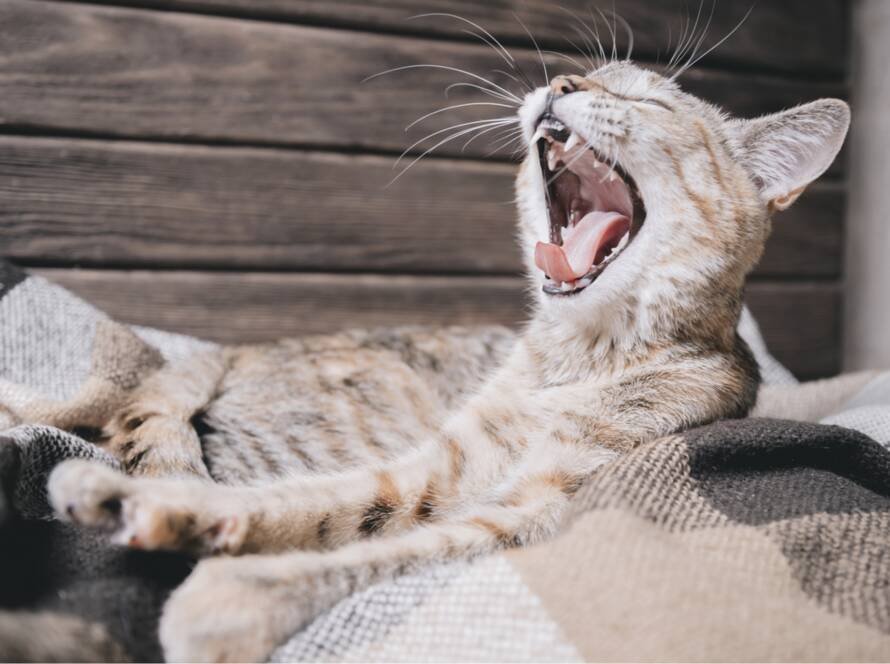Losing a pet can be a heartbreaking experience, but there are steps you can take to prevent it from happening in the first place. By following these tips, you can help keep your furry friend safe and secure, and hopefully, avoid the pain of a lost pet.
Microchip Your Pet.
One of the most critical steps to prevent your pet from getting lost is to have them microchipped. A microchip is a small device that is implanted under your pet’s skin and contains a unique identification number. It is a quick, easy, and painless procedure. If your pet is lost and picked up by a shelter or veterinarian, they can scan the microchip to identify your pet and contact you. It’s essential to keep your contact information up to date with the microchip company to ensure they can contact you.
Keep Identification Tags Up to Date.
In addition to microchipping, it’s essential to ensure your pet has up-to-date identification tags on their collar. These tags should include your pet’s name, your name and phone number, and any other relevant information such as medical needs or allergies. If your pet is lost and someone finds it, they can quickly contact you and return your pet. Check the tags regularly to ensure they are still legible and not damaged.
Train Your Pet to Come When Called.
One of the most important things you can do to prevent your pet from getting lost is to train them to come when called. This can be done through positive reinforcement training, where you reward your pet with treats or praise when they come to you. Start by practicing in a quiet, distraction-free environment and gradually increase the level of distraction as your pet becomes more reliable. This skill can be a lifesaver if your pet ever gets loose and needs to be called back to safety.
People are more familiar with training dogs to follow commands, but pet parents can train cats too. A method that has become popular for training cats is clicker training (which is used with dogs too). A simple beginner’s book is called “Clicker Training for Cats” by Karen Pryor. Even without clicker training, you can train a cat to come by calling them and then giving them treats when they arrive. Cats typically respond to the sound of a treat bag when you shake it, and they will come.
Use Leashes or Harnesses.
One of the easiest ways to prevent your pet from getting lost is to always use a leash or harness when outside of your home or yard. Even if your pet is well-trained, unexpected distractions or stimuli can cause them to run off. Here are some additional reasons to keep your dog on a leash:
- Keeping Your Dog on a Leash Can Prevent Accidents and Injuries. A dog running around off-leash can quickly run into the street, cause an accident, or get hit by a car.
- With Your Dog on a Leash, You Can Protect Your Dog from Other Animals. Even a good-natured dog can become a victim to more aggressive dogs running loose on the street. You have better control over your dog when it is on a leash.
- Respect Others’ Space with Your Dog on a Leash. Using a leash, you can ensure your dog stays within control and doesn’t invade other people’s space.
- Avoid Legal Issues. It is Michigan law to keep dogs on leashes whenever they are in public. If your dog is off-leash and causes damage or harm to someone or their property, you could be liable for any resulting expenses or legal fees.
- Reduce the Chance Your Dog Will Eat or Drink Something Poisonous. Many toxic substances are out there, including street drugs left in the environment that can cause death in pets. Also, there are bacterial dangers such as Leptospirosis in Michigan. It is a potentially serious illness caused by the bacteria Leptospira. The bacteria can infect people and animals who drink or swim in contaminated water or have direct contact with fluids or tissues of infected animals.
Secure Your Yard and Home.
Another important step in preventing your pet from getting lost is to secure your yard and home. Ensure that your fence is in good condition and that there are no holes or gaps your pet can escape through. If you have a gate, make sure that it is closed and latched at all times. A popular fence for cats is the Purrfect Fence. The fence is designed to keep cats in the yard and prevent them from climbing over it.
Inside your home, ensure that all doors and windows are securely closed and that there are no easy escape routes for your pet. Consider installing a pet door that only opens with a special collar or chip to prevent other animals from entering your home. Taking these precautions can help ensure that your pet stays safe and secure in its environment.
Final Words
We believe in treating every patient as if they were our own pet and giving them the same loving attention and care. We are providing the above tips so you can keep your pet safe. Working together, we can help your pet live a long and happy life with their family. If you have any questions about how we can care for your pet, please don’t hesitate to contact us.
Your Friendly Team
Fox Run Animal Hospital


